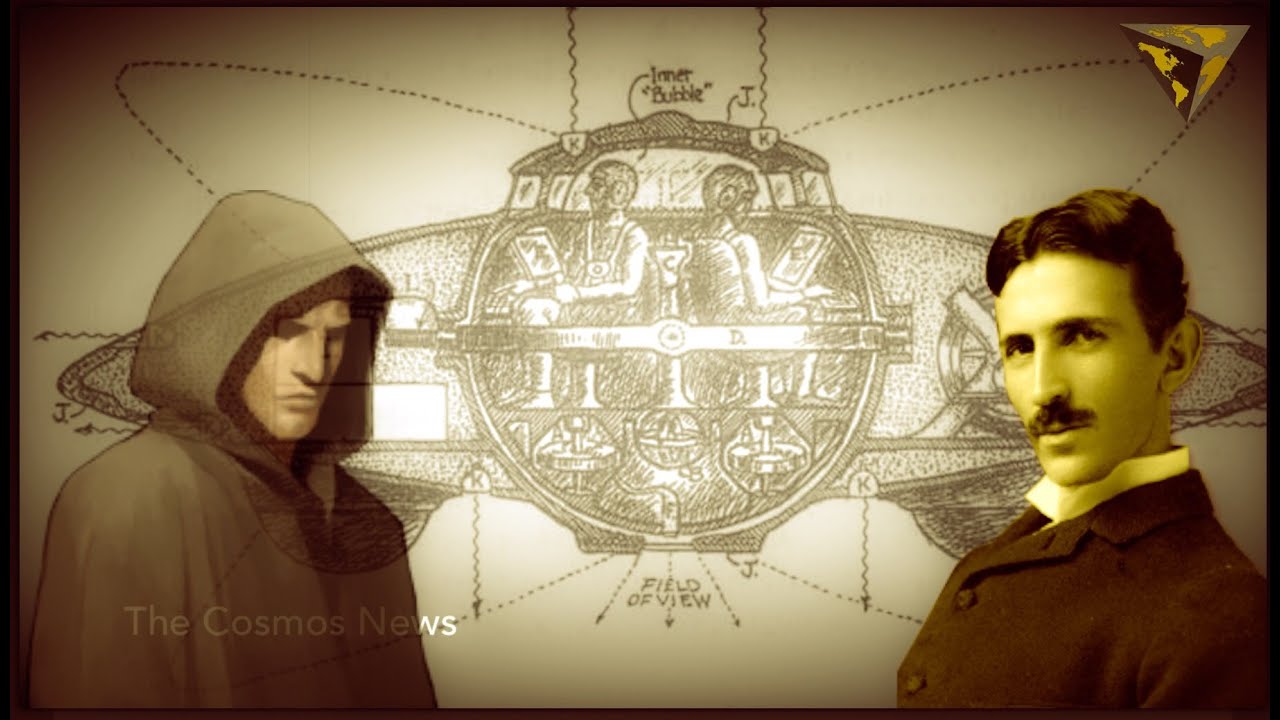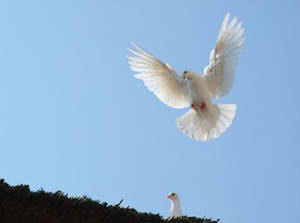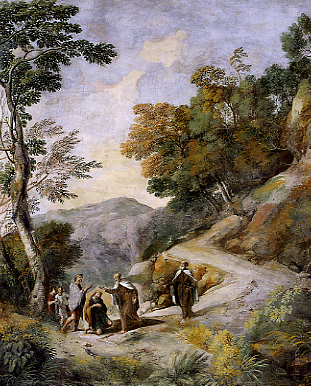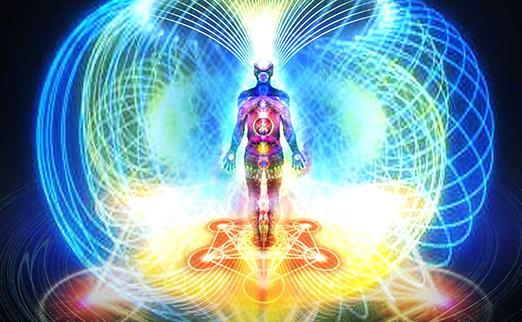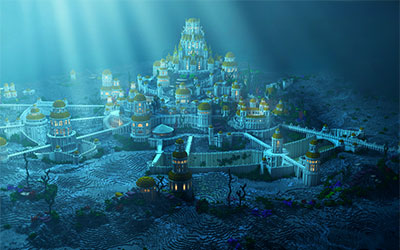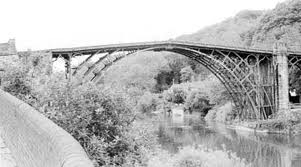
The changes in work
In modern societies, individuals have different occupations: a phenomenon linked to industrial development.
In traditional cultures, as it has been seen, the majority of the population was engaged in the only main task i.e. the collection and production of food. In larger companies there were also various crafts: woodwork, stonework, shipbuilding, but only a minority of the population was full-time employed.
In all cultures, in each case, work is the basis of the economic system consisting of those institutions which ensure the production and distribution of goods and services.
One of the most distinctive features of the modern economic system is the development of a complex and diversified division of labor: the work is divided into a huge number of different occupations in which individuals specialize. In traditional societies, non-agricultural work consisted rather in the exercise of a profession that was acquired through a long apprenticeship.
With the rise of modern society, many traditional crafts disappeared altogether, while most of those which survived were incorporated in the increasingly large production process.
In traditional communities the majority of the population (dedicated to agriculture) was economically self-sufficient, producing food, clothing and other items to meet their own needs. One of the main features of industrialized societies, by contrast, is the enormous expansion of economic interdependence: for the products and services necessary for our sustainment, we depend on a countless number of other workers, with some minor exceptions, in modern societies the vast majority of individuals does not produce the food which they eat, houses in which they live and material goods which they consume.
Within the industrial economy work is divided into three sectors: primary, secondary and tertiary. Primary activities are those involving the collection or extraction of natural resources: the primary sector of the economy included agriculture, mining, forestry and fishing.
With the increase of the continuous use of the machinery and the construction of factories, the majority of workers was absorbed by the secondary sector, i.e. those activities that transform raw materials into finished goods.
In the tertiary sector there are finally service activities: occupations that instead of producing goods provide services to other social groups, such as medicine, teaching, managerial and clerical jobs. In developing countries about three-quarters of the workforce is engaged in agriculture, while the rest is distributed equally between industry and services. In industrialized countries, however, only a small part of the population is engaged in agricultural production. Another important trend in industrialized societies is the expansion of the service sector: in Italy, for example, in 1871, only 20% of the workforce was employed in this sector; today it has risen to more than 59%.
READ ALSO:
The first industrial revolution
The second industrial revolution
The changes made by the industrial society
The industrial societies and transformations
The family and the influence of the industrial society









